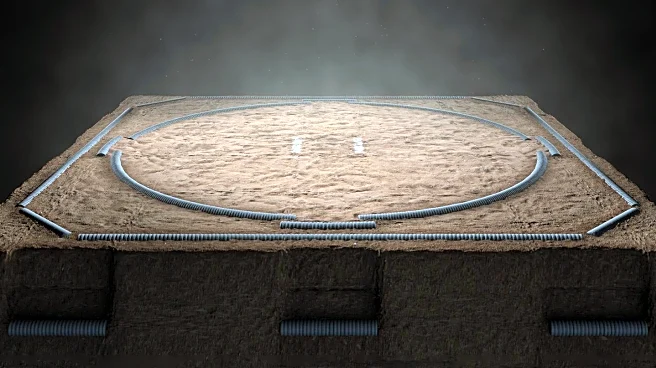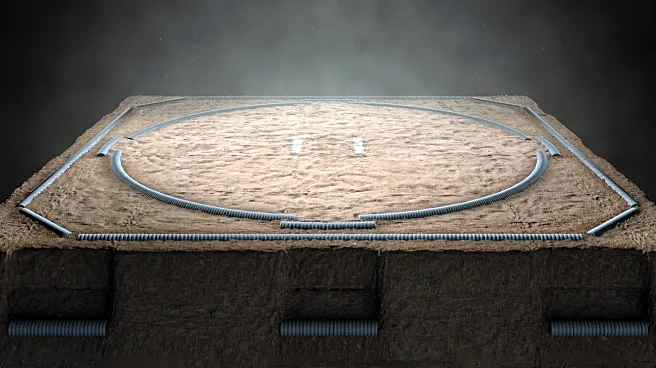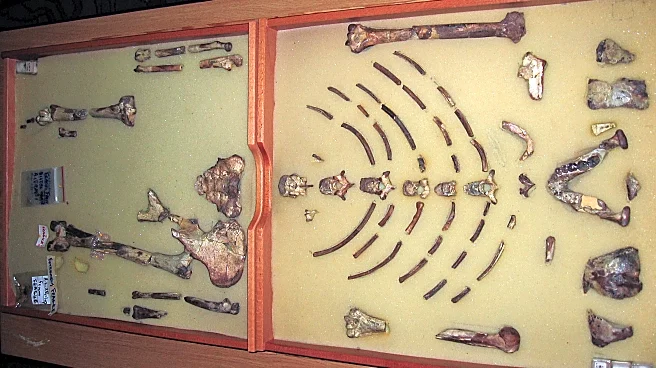What's Happening?
Archaeologists in Gdańsk, Poland, have uncovered a medieval tomb beneath an ice cream shop, revealing a carved limestone slab depicting a knight in full armor and a well-preserved male skeleton. The tomb dates back to the late 13th or early 14th century, coinciding with the rise of the Teutonic Knights. The discovery is significant due to the rarity of tombs featuring likenesses of the deceased in medieval Poland. The tomb's location in the historic center of Gdańsk highlights its importance in understanding the city's early history and the lives of its elite.
Why It's Important?
This discovery provides valuable insights into medieval Polish society, particularly the social status and burial practices of the elite. The well-preserved tomb offers a rare opportunity to study medieval craftsmanship and funerary art. The find underscores the importance of archaeological work in urban settings, revealing hidden histories beneath modern structures. It also contributes to the broader understanding of the Teutonic Knights' influence in the region during the medieval period.
What's Next?
Researchers are conducting detailed studies of the tomb slab and skeleton, using high-resolution 3D scanning and chemical analysis to learn more about the knight's identity and lifestyle. Plans for a facial reconstruction based on the skull are underway, which could provide further insights into the appearance and health of medieval Polish knights. These analyses promise to enhance the understanding of Gdańsk's medieval past and its social and military history.












